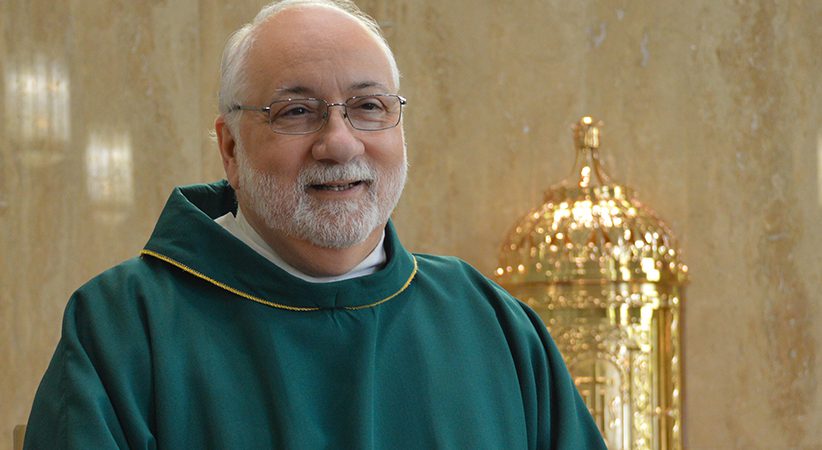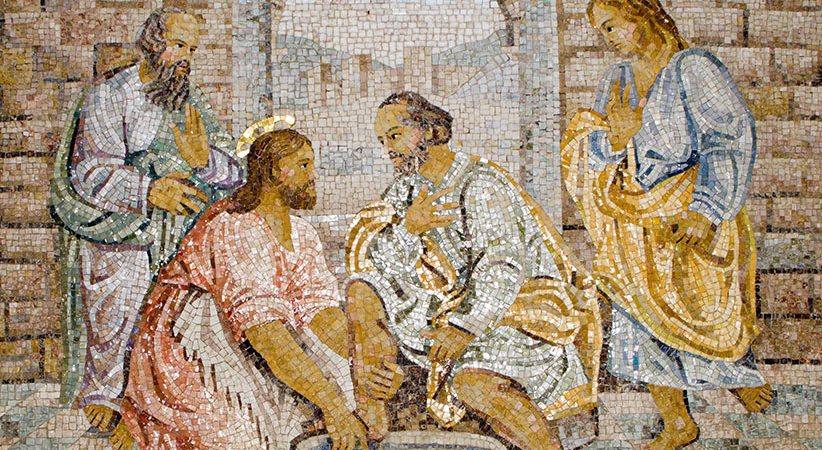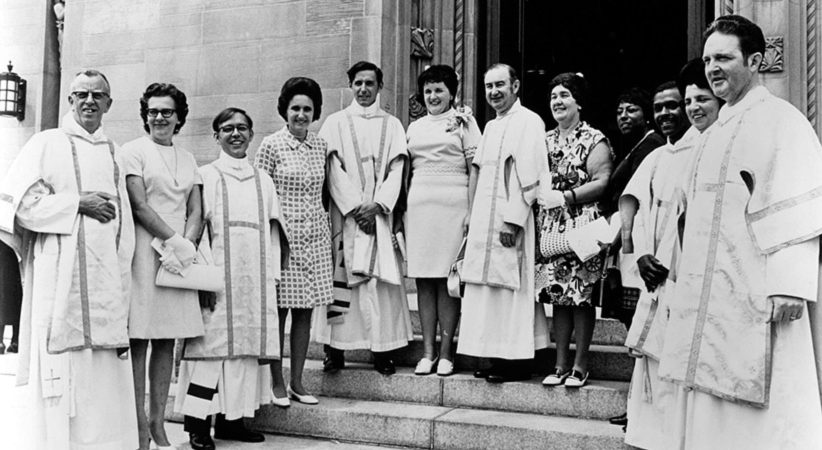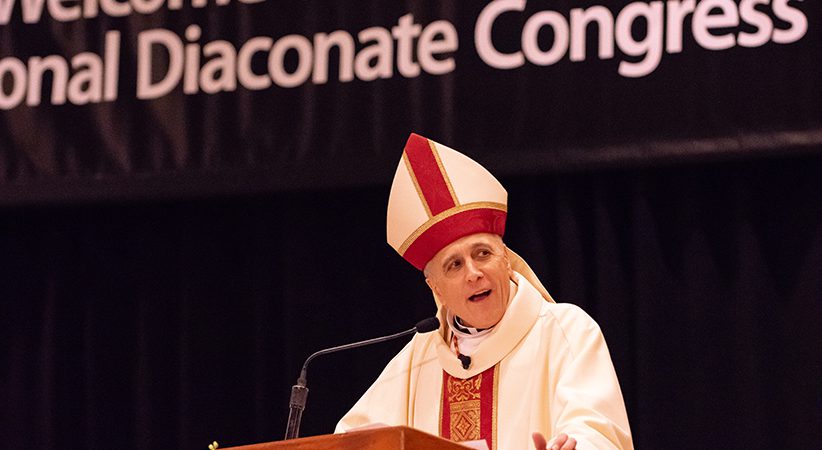Liturgy of the Hours
Jesus’ own prayer immerses us into salvation history
Deacon Joseph Michalak Comments Off on Liturgy of the Hours
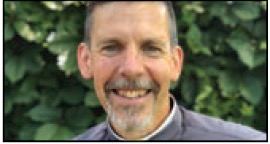 Of all the promises a man makes at deacon ordination, to pray the Liturgy of the Hours “with and for the People of God and indeed for the whole world” is the one concrete thing he resolves to do. Moreover, he professes to do so “in keeping with th[e] spirit” of prayer that he likewise resolves to “maintain and deepen.”
Of all the promises a man makes at deacon ordination, to pray the Liturgy of the Hours “with and for the People of God and indeed for the whole world” is the one concrete thing he resolves to do. Moreover, he professes to do so “in keeping with th[e] spirit” of prayer that he likewise resolves to “maintain and deepen.”
And yet many — perhaps most — deacons (or priests) have limited formation in the ethos of this liturgy. Many have never read the admittedly arcane General Instruction on the Liturgy of the Hours (GILH), or if they have, they have not been introduced to the rich theology, the deep experience and the mystical wisdom of this liturgy, largely comprised of the Psalms — Jesus’ own prayer to the Father, inspired by the Holy Spirit — that immerses us into salvation history, recounts the mirabilia Dei (“the great salvific works of God”), sanctifies and sacramentalizes time, takes life up into the Paschal Mystery and extends the Eucharistic exchange into all dimensions of life, corresponds to the hours of Temple prayer and sacrifice, joins us to the time-transcending cosmic angelic liturgy, becomes a prime source of lectio divina and the voice of God into our lives, is the cry of the Bride to her Bridegroom, is a participation of the Body in the priestly ministry of its Head, is the Church’s favored and recommended public prayer for all the faithful, and, for the ordained, is a prime participation in Jesus’ own ministry on behalf of his bride, his body, his Church and is thereby a prime exercise of our diaconal intercession for and representation of the People of God and, indeed, of the whole world before the Father. For the Liturgy of the Hours is all of this. It is diaconal and priestly ministry; it is entering the filial exchange between Father and Son; it is immersion into the mystery of love, the marriage between God and Man.
You might be saying: “Come on, really? I’m still figuring out where to put the ribbons.” Yes, really. Nuts and bolts aside — and, yes, it takes some time before most can pray the Liturgy of the Hours beyond simply figuring out mechanically how to do it — this liturgy sweeps us into the cosmic liturgy and is at the same time an intimate Heart-speaking-to-heart. It is, in short, “a foretaste of the song of praise in heaven” (GILH, No. 16).
Practically, the Liturgy of the Hours is arguably the most flexible, pastorally adaptable, ecumenical and blatantly scriptural liturgy of the Church. How solicitous is mother Church that we pray this liturgy with and for her? Canon law does not strictly demand that a priest say Mass each day, but law does require the ordained to pray this liturgy each day.
The key is to take up the invitation to pray it in persona Christi. Consider: The psalms are first Spirit-infused aspirations of the human heart, taken up by the God-Man Jesus, prayed back to the Father. We pray the psalms Christologically. They are Jesus praying now in us. This is why the monastic tradition knew from experience that to pray them even in a language the monks did not understand nonetheless could lead one mystically into Jesus’ prayer, the filial exchange that comprises all true prayer. We “hear in the singing of the psalms the voice of Christ crying out to the Father or of the Father conversing with the Son” (GILH, No. 109). And the Son, now taking up into himself all humanity before the Father, is forever making intercession on behalf of his bride. The ordained are Jesus doing so; the intimacy is palpable. St. Augustine wrote: “Our Lord Jesus Christ, the Son of God … both prays for us, and prays in us, and is prayed to by us. He prays for us, as our Priest; he prays in us, as our Head; he is prayed to by us, as our God.”
This is why we invest so much in teaching the theology (and not simply the how-tos) of the Liturgy of the Hours, beginning with Pope St. John Paul II and Pope Benedict XVI’s beautiful commentary “Morning and Evening Prayer,” now conveniently arranged in one volume from Catholic Truth Society.
Jesus invites us: “Come, enter my prayer, be at rest.”
DEACON JOSEPH MICHALAK is director of the Institute for Diaconate Formation and adjunct faculty at Saint Paul Seminary in St. Paul, Minnesota.


